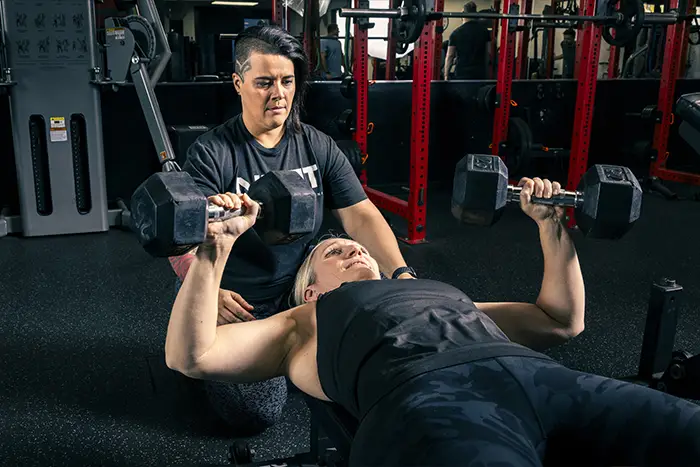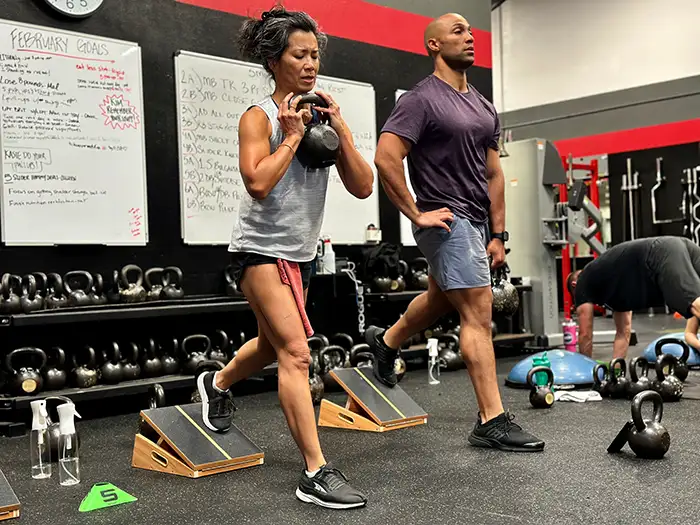
Early November marks the end of daylight saving time, as clocks “fall back” one hour, leading to earlier sunrises and sunsets. While you get an extra hour of sleep, there’s less evening light, which can disrupt sleep and impact mood. Here are some tips to help your body adjust to the change.
Get Morning Sunlight
Circadian rhythms, or the body’s 24-hour cycles, regulate sleep, eating, and more. To reset your rhythm with the time change, expose yourself to natural sunlight in the morning, which helps anchor your internal clock. Aim to get outside within 30-60 minutes of waking. If you wake before sunrise, use bright artificial lights, but switch to sunlight once it’s up. Morning light exposure is crucial before the “circadian dead zone” (usually 11 a.m. to 3 p.m.) and requires about 10-15 minutes of sunlight on a clear day, more if cloudy. Consider using a light therapy lamp if natural light isn’t available. Avoid sunglasses, though prescription glasses and contacts are fine, but never look directly at the sun.
Get Afternoon Sunlight
In the late afternoon, get outside again as the sun is low. This helps your eyes adjust and buffers the effects of evening artificial lights from screens.
Limit Nighttime Light
After sunset, reduce exposure to artificial lights, especially blue light, as even low levels can disrupt sleep. Use dim, low-positioned lights like table lamps to support melatonin production. Shift screen settings to red tint, use red lights, or wear red-lens glasses to avoid short-wavelength light after dark. Keep your bedroom dark and minimize light exposure during sleep.
Stick to a Consistent Sleep Schedule
Try to keep sleep and wake times consistent within a 45-minute to one-hour window daily, even on weekends, to reinforce your circadian rhythm.
Use Temperature, Meals, and Exercise
Temperature, meals, and exercise also influence your circadian clock. A warm shower before bed can help by initially warming your core, then cooling afterward, aiding sleep. Keep your bedroom cool, around 67°F (19.4°C). Adjust mealtimes to align with the new time, even if you feel hungry earlier. Staying active also enhances sleep quality.
Incorporate these strategies to smooth the transition off daylight saving time, boosting your sleep and daytime energy.
Source: Andrew Huberman

